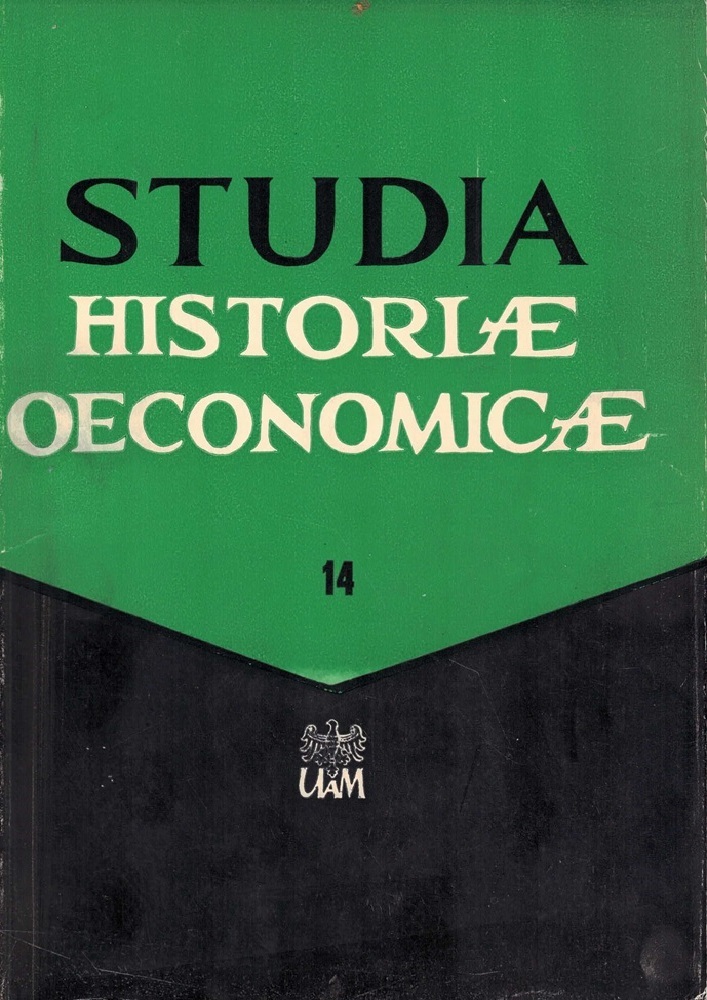Abstract
This article examines the participation of the German national minority in Yugoslavia in the economic and military apparatus of the Third Reich during World War II. The starting point is the transformation of the Kulturbund – initially a cultural and educational organization of the German minority – into a powerful Nazi structure with political and military functions. Particular attention is given to the group in the Banat region, where the German population gained significant autonomy and a dominant position beginning in April 1941. The aim of the study is to analyze the extent and forms of economic cooperation between the German ethnic group in Yugoslavia and the Third Reich. Based on archival documents, statistical data, and memoir sources, the author describes how the Volksdeutsche actively contributed to supplying the German army with food, craft goods, raw materials, and voluntary donations. Key findings highlight that the German minority not only supported the occupation regime in an organized manner but also became an integral part of the Reich’s war economy. This was reflected in the creation of cooperatives, labor services, systematic mobilization of manpower, and the spread of Nazi propaganda and social infrastructure. Special attention is given to the looting of property belonging to Serbs, Jews, and members of the Resistance movement. Thus, the German population in Yugoslavia became an important economic and ideological ally of Nazi Germany, a role that would later determine its postwar fate. The article provides an important contribution to the study of collaboration mechanisms and Nazi occupation policy in the Balkans.
References
Archiv PK SK Vojvodine, Novi Sad, 23-610/48-5.
Diplich, H. (ed.) (1944) Sepp, J. Reden und Aufsätze. Buchreihe der Deutschen Volksgruppe im Banat und in Serbien, 2. Groß-Betschkerek: Deutsche Volksgruppe im Banat und in Serbien.
Službeno novino za Banat (1941) no. 13, 31 October. DOI: https://doi.org/10.1080/00306525.1942.9634647
Ivković, V. (1967) ‘Neki metodi ekonomske politike i privredne pljačke okupatora u Banatu 1941–1944’, in Vojvodina 1941–1944. Novi Sad: SUBNOR Srbije za Vojvodinu, pp. 175–200.
Kovačević, V. (1973) Omladina, Jugoslavijo i 1941. godini. Belgrade: Institut za savremenu istoriju.
Krnić, D.Z. (1977) ‘The German Volksgruppe in the Independent State of Croatia as an Instrument of German Occupation Policy of Yugoslavia’, in Anić, Ž. et al. (eds). Translated by Vujović, A., Udovički, N. and Dekker, J. The Third Reich and Yugoslavia 1933–1945. Belgrade: Narodna knjiga, pp. 604–621.
Lexicon Minerva (Лексикон Minerva) (1936) Zagreb: Minerva nakladna knjižara.
Mirnić, J. (1974) Nemci u Bačkoj u drugom svetskom ratu. Novi Sad: Institut za izučavanje Vojvodine.
Momčilović, D. (1977) Banat u narodnooslobodilačkom ratu. Belgrade: Vojnoizdavački zavod.
Živković, D.N. (1975) Ratna šteta koju je Nemačka učinila Jugoslaviji u drugom svetskom ratu. Belgrade: Institut za savremenu istoriju.
License
Copyright (c) 1979 Petar Kačavenda
This work is licensed under a Creative Commons Attribution-ShareAlike 4.0 International License.





